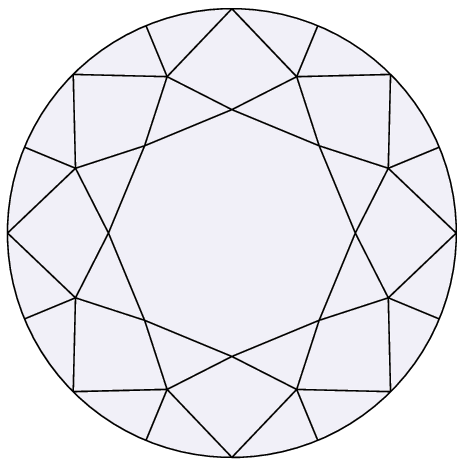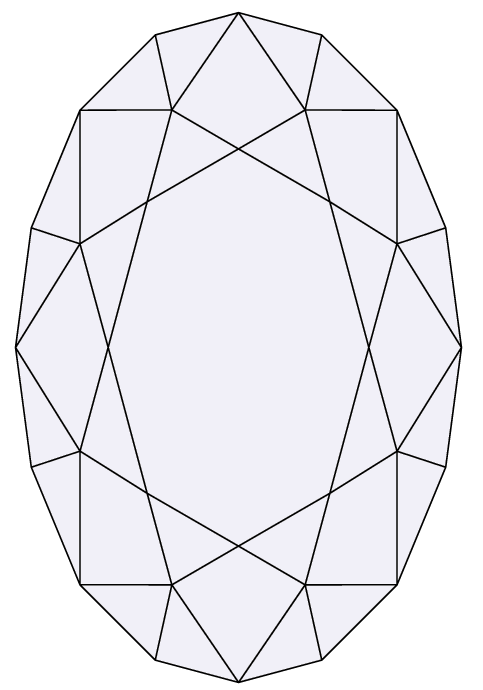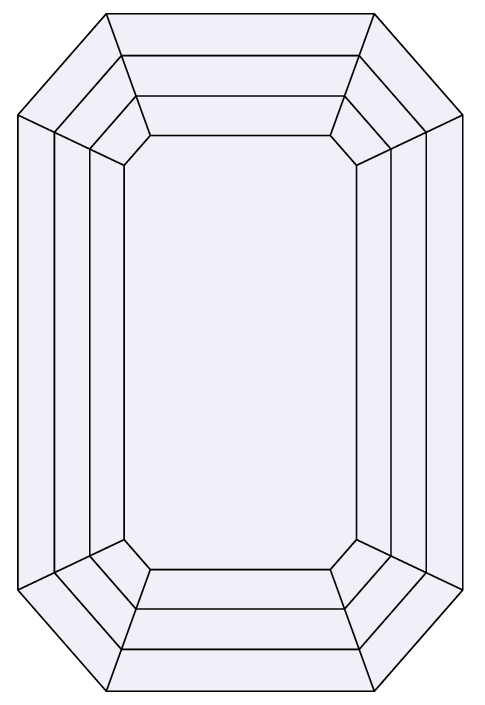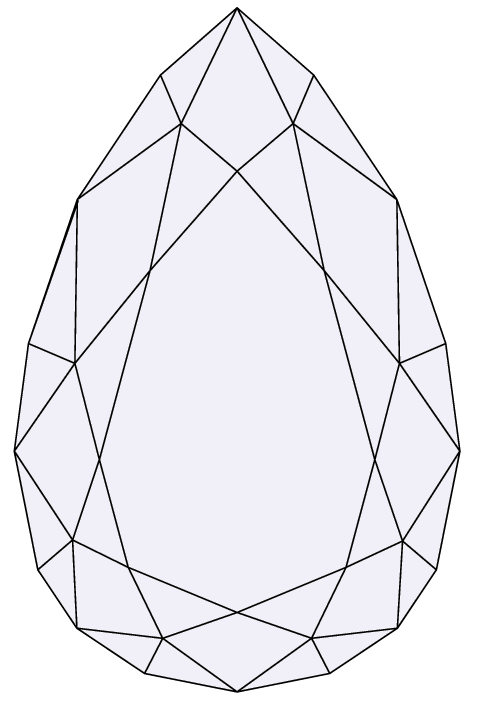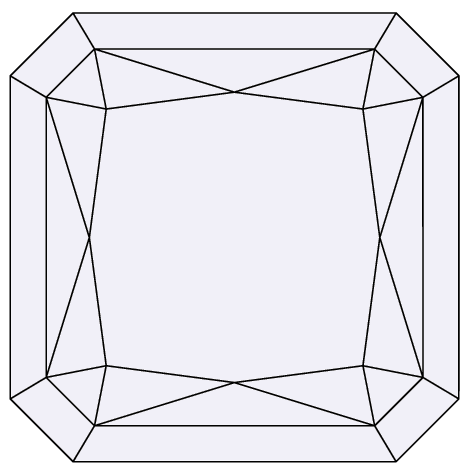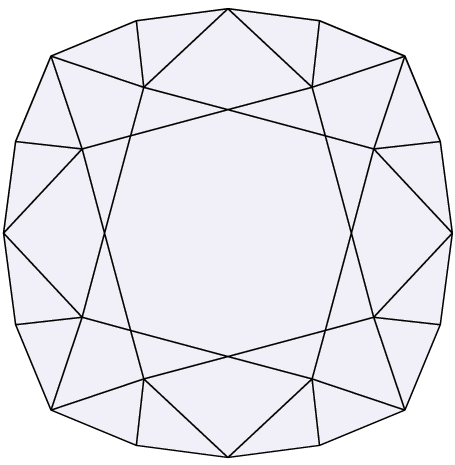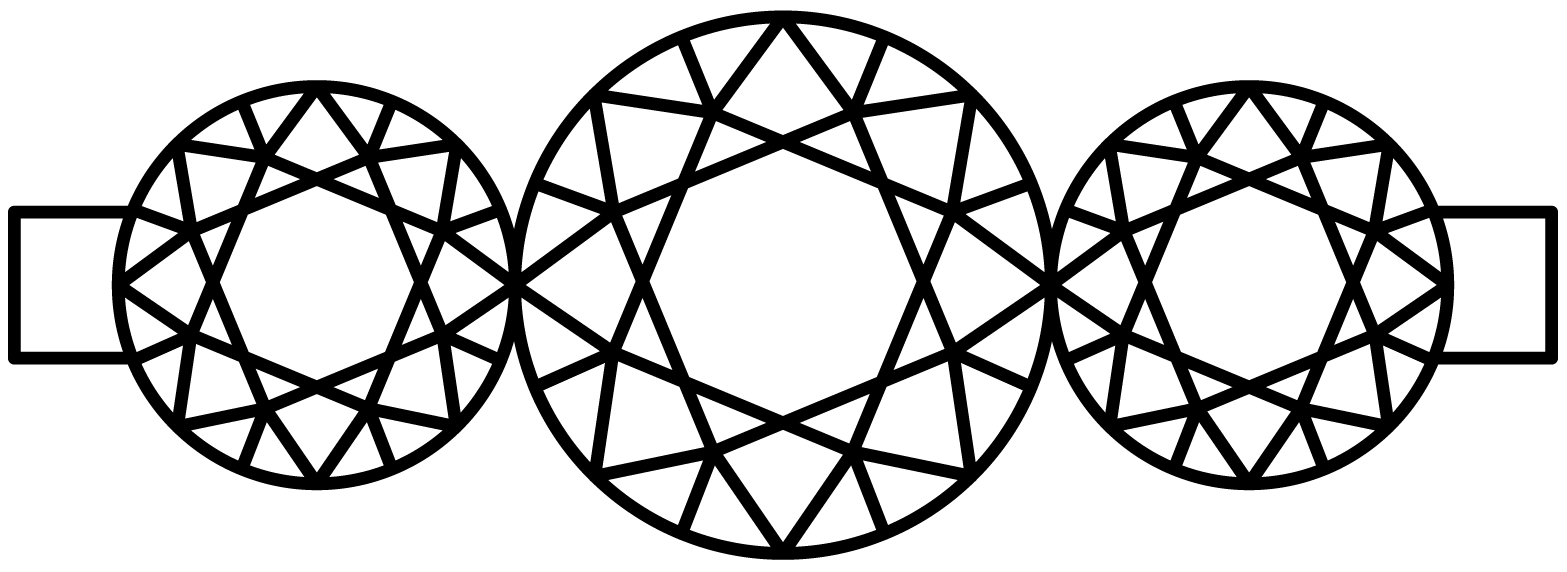The Clarity of Diamonds: Understanding the Grading System for Diamond Clarity
Decoding Diamond Clarity
Diamonds are treasured for their beauty, rarity, and durability, but not all diamonds are created equal. One of the key factors that determine the quality of a diamond is its clarity. A diamond's clarity refers to the presence of internal and external flaws, known as inclusions and blemishes, respectively. To help buyers understand the clarity of diamonds, gemologists have created a standardized clarity scale, known as the diamond clarity scale.
What is Diamond Clarity?
Diamond clarity refers to the presence of internal and external flaws, or inclusions and blemishes, respectively. Inclusions are internal flaws that occur within the diamond and can include minerals, bubbles, cracks, and other imperfections. Blemishes are external flaws that occur on the surface of the diamond and can include chips, scratches, and nicks. Diamond clarity is an important factor that affects a diamond's overall appearance, as well as its value.
Grading Diamond Clarity
Diamond clarity grading is a complex process that requires specialized equipment and trained gemologists. Gemologists evaluate the clarity of a diamond under magnification and take into consideration the size, number, location, and visibility of the inclusions and blemishes. They then assign a clarity grade based on the findings. It is important to note that clarity grading can vary based on the lighting and viewing conditions, so it is best to consult a reputable gemologist when evaluating the clarity of a diamond.
The Clarity Scale
The diamond clarity scale ranges from "Flawless" to "Included." The highest grade, "Flawless," represents diamonds with no inclusions or blemishes visible under 10x magnification. The next highest grade, "Internally Flawless," represents diamonds with no inclusions visible under 10x magnification, but with some minor blemishes on the surface. Grades "VVS1" and "VVS2" represent diamonds with very, very slight inclusions that are difficult to see under 10x magnification. Grades "VS1" and "VS2" represent diamonds with very slight inclusions that are visible under 10x magnification. Grades "SI1" and "SI2" represent diamonds with slight inclusions that are visible to the naked eye, but still acceptable to most people. The lowest grades, "I1," "I2," and "I3," represent diamonds with inclusions that are easily visible to the naked eye and can affect the overall appearance of the diamond.
It is important to note that the clarity scale is not linear, and the difference in value between two adjacent grades can be substantial. For example, a diamond with a "VVS1" grade can be worth significantly more than a diamond with an "VS1" grade, even though both are considered to have very, very slight inclusions. The reason for this is that the size, number, location, and visibility of the inclusions and blemishes can have a significant impact on the overall appearance of a diamond, as well as its durability.
Different Inclusions between Mined and Lab Grown Diamonds?
Inclusions in natural diamonds and lab-grown diamonds can differ in several ways.
Natural diamonds are formed deep within the Earth's mantle. The high pressure and temperatures that occur during the formation of natural diamonds can result in a variety of inclusions, such as minerals, gas bubbles, or cracks. The presence of these inclusions is a natural result of the diamond's formation process and serves as evidence that the diamond is natural.
Lab-grown diamonds, on the other hand, are created in a controlled laboratory environment over a period of weeks or months. The process of growing lab-grown diamonds is highly controlled, allowing for fewer inclusions to occur compared to natural diamonds. Lab-grown diamonds typically have fewer inclusions, and these inclusions are often smaller and less noticeable than in natural diamonds.
In addition, some lab-grown diamonds may contain specific types of inclusions that are not found in natural diamonds. For example, the process of creating lab-grown diamonds may introduce small metallic particles into the diamond, which can be visible under magnification. These inclusions are unique to lab-grown diamonds and serve as a distinguishing characteristic between mined and lab-grown diamonds.
It is important to note that the presence of inclusions does not affect the durability or sparkle of a diamond. Inclusions that are not visible to the naked eye will have no effect on the appearance of the diamond. The clarity grade of a diamond is determined by the number, size, and visibility of inclusions, and can affect the value of the diamond. However, the ultimate value of a diamond is determined by a combination of factors, including its clarity, color, cut, and carat weight.
When was the Clarity Scale invented?
The diamond clarity grading scale was developed by the Gemological Institute of America (GIA) in the 1950s. The GIA is a non-profit organization dedicated to the study of gems and jewelry and is widely recognized as the leading authority in diamond grading. The GIA's diamond clarity scale has since become the industry standard for evaluating the clarity of diamonds and is widely used by jewelers, gemologists, and diamond buyers around the world.
The development of the diamond clarity grading scale was a major step forward in the gemology industry, as it allowed for more accurate and consistent evaluations of diamond clarity. Prior to the development of the clarity scale, diamond clarity was evaluated on a subjective basis, with no standardized method for grading. The GIA's clarity scale helped to eliminate the subjectivity of clarity grading and ensured that buyers could have confidence in the clarity grade of a diamond.
Today, the GIA's diamond clarity scale is widely accepted and used by the gemology industry. The GIA regularly updates and refines its grading standards to ensure that the clarity scale remains accurate and relevant. The GIA's commitment to the study of gems and jewelry and its commitment to providing accurate and consistent grading has helped to make the diamond clarity grading scale one of the most respected and trusted systems in the industry.
Tips for Choosing a Diamond
When choosing a diamond, it is important to consider both the clarity grade and the overall appearance of the diamond. While a higher clarity grade is generally considered to be better, it is also important to consider the cut, color, and carat weight of the diamond. A diamond with a lower clarity grade but excellent cut, color, and carat weight can still be a beautiful and valuable gemstone.



